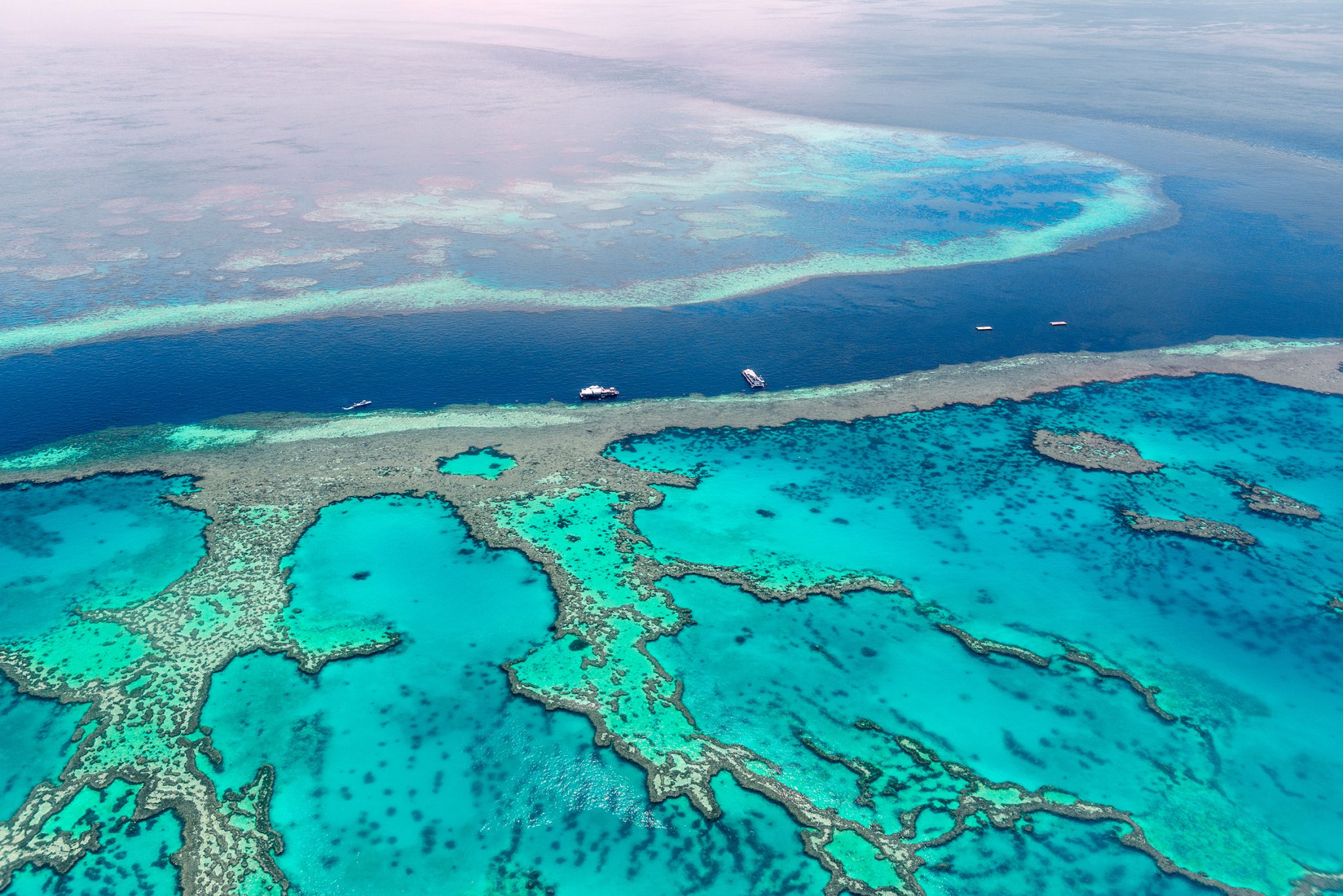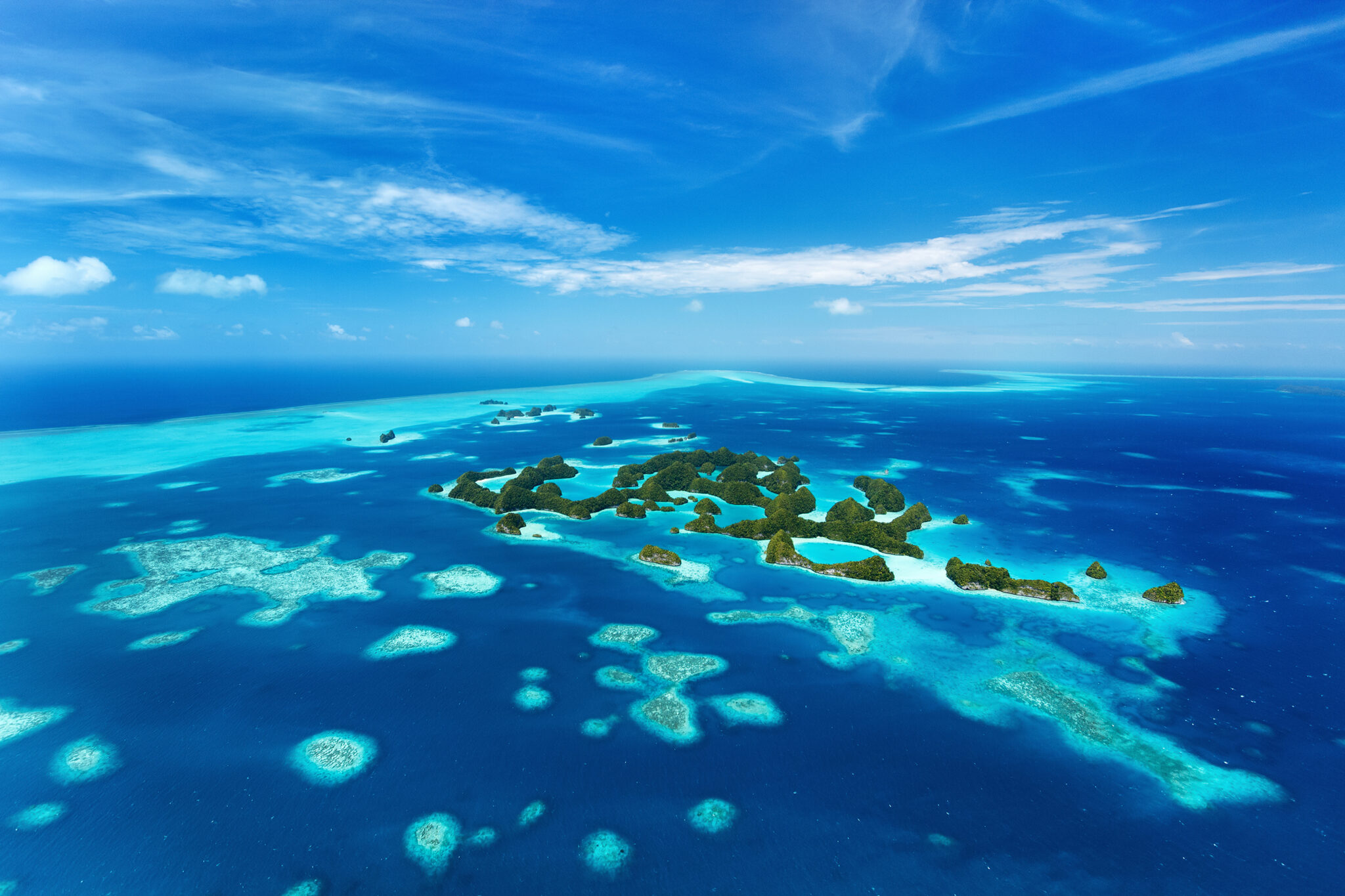It’s no secret that our oceans are going through a tough time. Climate change, pollution, and overfishing are all contributing factors, which, if left unchecked, will lead to an underwater environment that looks very different from the one encountered in the previous decades. But the outlook isn’t all doom and gloom. While there are certainly forces driving marine environments in the wrong direction, others are taking a stand to offer a more positive outlook. For positive change, we must look to marine protected areas.

What is a Marine Protected Area?
Broadly speaking, a Marine Protected Area (or MPA for short) is a geographically distinct zone in which human activity is more closely regulated or managed to conserve the existing biodiversity and ecosystem.
It’s worth noting that rules and restrictions can differ from place to place and country to country, so there is no clinical definition of a Marine Protected Area.
In reality, the protection offered by establishing MPAs can be seen in several ways. Examples may include:
General Prohibition of Human Activity Specified Limits/Prohibition of Fishing Prohibition of Petroleum Drilling Protected Areas of Significance (such as shipwrecks) Specified Habitat Protection (e.g. mangrove forests, seagrass, etc.) Protection of Specific Cultural Elements
Can You Scuba Dive in Marine Protected Areas?
As the regulations of MPAs are not universal and instead are decided on a place-by-place basis, there is no one answer to this question. In some cases, watersports are prohibited inside an MPA. However, it’s more common that swimming, snorkeling, and scuba diving in an MPA is possible. And, as the goal of MPAs is protecting and promoting marine environments, these protected zones tend to feature in the best places in the world to get in the water and enjoy marine life encounters and unique underwater habitats.
4 of the Best Marine Protected Areas for Scuba Diving
Currently, there are approximately 16,000 MPAs worldwide, with more being debated and (hopefully) added all the time. So, there’s plenty of protected water for PADI-certified divers to explore. Here are four examples of marine protected areas worth checking out on your next dive trip.
1. Tubbataha Reefs Natural Park – The Philippines
Tubbataha Reefs Natural Park is an MPA that covers 970 km2 of the open ocean. In addition to being an MPA, Tubbataha was also the first World Heritage site in the Philippines. The park is known for its crystal-clear waters and wide range of marine life, including sharks, turtles, and reef fish. It also has a range of environments to work through, from perpendicular walls and extensive lagoons to coral islands and fish-filled reefs.

2. Great Barrier Reef – Australia
With a coverage of around 343,624 km2, the Great Barrier Reef is one of the largest marine protected areas in the world. These Australian waters consist of several zones with varying levels of protection. In the areas with the highest protection, also designated “no go” areas, the only activity allowed is research, and only after acquiring a permit. Luckily, several other zones are open to diving. Interested in getting in the water? Check out the Great Barrier Reef’s best dive sites.
BOOK A TRIP TO THE GREAT BARRIER REEF

3. Palau National Marine Sanctuary Protection Zone – Palau
As of January 1, 2020, approximately 80 percent of the water surrounding this South Pacific nation (around 614,807 km2) was classified as an MPA. All fishing, mining, and extractive activities are prohibited in this case. The result of this comprehensive protection is that Palau has established itself as one of the top destinations in the world for all kinds of diving, including wrecks, marine life and drifts.

4. Bonaire National Marine Park – Bonaire
While Bonaire may not have the highest levels of protection for its surrounding waters, what it does do is comprehensive. The MPA covers almost all of the Caribbean island’s coastline from the high-tide mark to 60 meters (200 feet) in depth. This coverage also includes a number of higher-level, no-go areas. The result is a diving wonderland which is also notable for its early implementation and independence from subsidies, running purely on the income generated by the STINAPA, Bonaire’s online nature fee paid by visiting divers.
How You Can Help Establish Marine Protected Areas
While Marine Protected Areas still have room for improvement, pretty much everyone agrees that their establishment is a positive step towards ocean change. So how can you help establish a Marine Protected Area at home or around your favorite dive site? PADI is working with the dive community to make this process easier than ever. In fact, establishing Marine Protected Areas is a major part of the PADI AWARE Conservation Strategy.
Adopt the Blue
Through the flagship Adopt the Blue program and its founding partner, Blancpain, PADI AWARE hopes to encourage the adoption of 10,000 dive sites by 2025. This is the largest network of underwater dive sites for marine conservation, and with each dive site added, more data is contributed to establishing marine protected areas.
Currently, only PADI Professionals or PADI Dive Shops can Adopt the Blue. However, soon the program will be opened up to anyone and everyone who cares about dive sites around the world. For now, the best course of action is to donate directly to the Adopt the Blue program in order to encourage the establishment of Marine Protected Areas around the world.
PADI x SeaLegacy 30×30 Petition
Global leaders in marine conservation and advocacy are adamant that we need to protect 30% of the ocean by 2030. PADI has joined forces with SeaLegacy to petition world leaders to do their part by establishing Marine Protected Areas. But we need your help. Sign the PADI x SeaLegacy 30×30 Petition and add your name to a growing movement of divers who want to see real ocean change.
If you’re ready to get involved with ocean conservation, the best step you can take is to get certified as a scuba diver. That way, you can make a hands-on difference and inspire others to save the ocean, as well as convince local leaders to create Marine Protected Areas. Start your PADI Open Water Diver course today and learn what it means to experience Nature Unfiltered.
Share This
